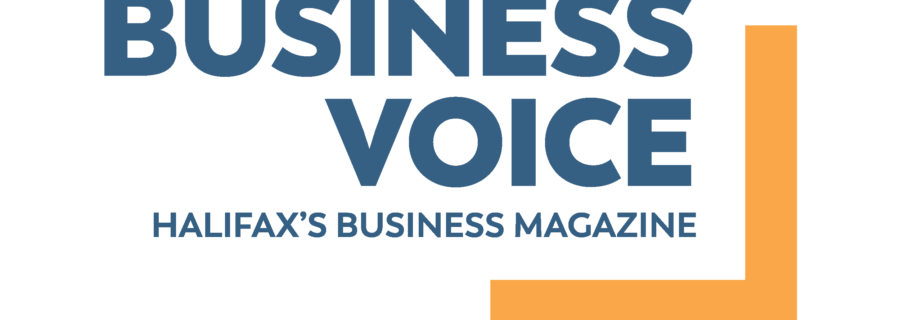This is a guest post from Symplicity Organizational Designs Inc.
(Member since 2013)
What is your plan for 2021? Do you have a forecast? A recent poll of business owners found more than 80 per cent don’t have a 12-month plan. They just deliver to whoever calls.
It seems futile to think about planning for 2021 with the uncertainty of COVID-19. Will there be a second wave? Will customers come back? Will exports to the United States continue to be viable? Can you hire workers who will show up? Will there be enough access to funding and capital to keep the doors open?
There’s also the reality that 75 per cent of businesses are open, but only a third are back to pre-pandemic revenue levels. Most business owners feel safer and more comfortable turning to what they know: doing their day-to-day work and focusing on the projects in front of them. That’s the worst thing you can do and a risky way to run a business, especially during a pandemic.
Dwight D. Eisenhower, Commander of the Allied forces during the Second World War, put it this way: “In preparing for battle, I have always found that plans are useless, but planning is indispensable.”
You don’t make a plan to be right. You plan so you can look at multiple scenarios, decide on the likely scenario and curate the confidence to act. Planning is not about being perfect. It’s about being directionally right and ready to learn as you execute.
We recently surveyed a group of small and micro-business owners. We asked them if they had a 12-month plan, including the following: Did they know the financial return they wanted to make? Could they explain that plan through the number of services they would offer to different clients? Less than 20 per cent had any part of that plan in place.
Most smaller businesses don’t have a plan. How do they develop one? The framework is easy. Ask yourself the following questions:
- What revenue and return do you want next year?
- What products or services will allow you to achieve that revenue?
- Do you have enough clients who want to buy those services?
- Do you have the capacity (i.e. skills, hours and production capability)to deliver those services?
An excellent 12-month plan considers the financial return, the product/ service mix for the return you want, the sales and operational capability and the resources to make it work. It’s a bonus if you also consider cash-flow projections.
As you work through the levels of your business, you’re going to see things in a new light. The market may not be big enough. We may be serving too many of the wrong customers. Perhaps we don’t have the production capability or maybe we don’t have enough of the right skillset to serve the customers we want.
This is iterative. It requires multiple edits. Your first draft won’t add up. That’s OK. Go through it again and again until it adds up and you’re directionally confident. Remember: the plan is useless, but planning is critical. The great organizations stop every 90 days, take stock
of what they’ve learned and go through this planning exercise. They leave with a forecast for the next rolling 12 months and a 90-day plan to work in the business, on the business and from a resource standpoint.
You can’t run a great business without a great plan and you can’t develop a great plan without a disciplined planning cycle. The world is always changing.
What your client values today changes tomorrow. The way you deliver that value is changing even faster. The great organizations are able to adapt. And they can adapt because of their planning cycle.
The military calls it “battle rhythm.” We call it the calendar of commitments.
In moments of extreme chaos — and COVID-19 counts as extreme chaos — the rate of change can feel paralyzing.
Most organizations freeze. The great organizations, by contrast, increase the cadence of meetings and focus on the gap between the plan and actual. They learn. They adapt. They create a new plan and then they execute.
As we move through a world in chaos this year, it has never been more important that you know your plan — and that you have a w that plan as you learn more.
< Back to Articles | Topics: Trends

